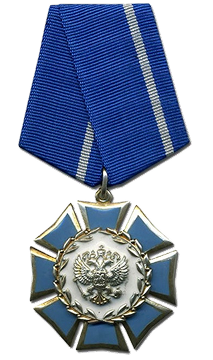IT infrastructure
The University IT-infrastructure is a combination of network, information and multimedia solutions to provide prompt access, storage, display and processing of information with a high level of security. The data center uses server capacities based on HPE Synergy and HPE C7000 blades with a total of 11 TB of RAM and an HPE 3PAR enterprise storage system with 242 TB of storage, including 35 TB of fast SSDs.
Inner-campus connectivity and Internet access:
• the bandwidth of external communication channels is 1 Gbit / s;
• inter-campus interaction is implemented at a speed of 10 Gbit / s.
The university telephone network is based on IP-telephony technology, it may be used for inter-campus interaction. The total number of subscribers connected to the IP-telephony system is 1,362 pcs.
The constantly updated material and technical base of the University consists of:
- 6,097 automated workstations (AWS not older than 5 years);
- 205 units of telecommunication equipment (not older than 5 years);
- 97 units of server equipment and data storage systems (not older than 5 years).
The classrooms are equipped with modern presentation, demonstration and multimedia devices and facilities in the amounts specified below:
- lecture halls with LED screens - 6 pcs;
- lecture halls with projectors - 23;
- seminar rooms with projectors - 184 pcs.
In 8 lecture halls it is possible to record lectures and broadcast them online.
The University operates a unified information and analytical system “University” (IAS University) for educational process management (Tandem firm). IAS University has a modular structure and currently includes 8 basic and 11 core modules. Directories, Organizational structure, Access rights system, such as Educational programs, Students, Personnel register, Buildings and premises, Administration – form the basis for IAS and solve the problems of storing reference information (list of educational programs of higher education, organizational structure of the University, etc.), accounting contingent of students and others. In turn, each of the 11 main modules: Applicants (Admissions Committee), Integration with FIS GIA (Federal information system for ensuring the state final certification and admissions), Student movement, Curricula, Session, Certification, Scholarships and other student payments, Load, Schedule, Point-rating system, Training contracts cover all stages and aspects of the educational process: from the moment of applying for admission to the University to preparing a document on education and qualifications, including the transfer of data to information systems for external monitoring.
- 2,142 users are registered in the system;
- In total, there are 32,643 active records for students, including schoolchildren and students under the programs of additional professional education.
Personal accounts were opened for all participants in the educational process.
Cloud services are available for all participants in the educational process:
- file storage and editing (cloud.mirea.ru);
- e-mail (mail.mirea.ru);
- virtual desktops (daas.mirea.ru);
- centralized authentication service (login.mirea.ru).
- University today
- Strategic Development Program
- Administration
- Teaching Staff
-
Infrastructure
- RTU MIREA campuses
- IT infrastructure
- RTU MIREA mega-laboratories
- Information and Library Center
- Dormitories
- Sports infrastructure
- Canteens, cafeterias
- First aid points
- Cultural leisure and recreation
- Cyberzone Cybersport Center
- Meeting and conference rooms
- Altair Children's Technopark
- Conference Hall
- Inclusive Education Support
- History
- Social security
- Dormitories
- Public organizations
- Graduate Employment
- University Logo
- The University award policy
© 2026 MIREA - Russian Technological University




